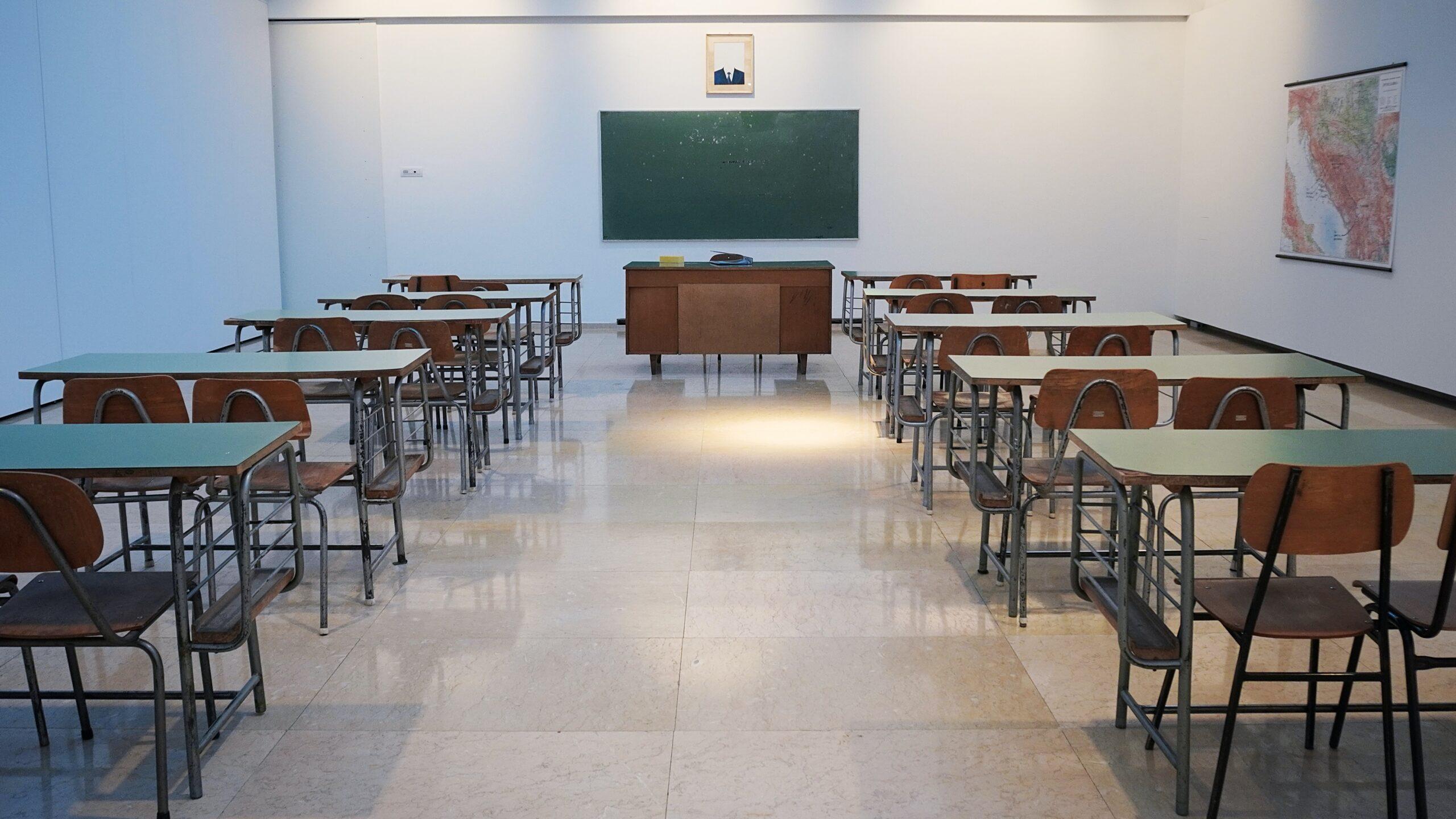What do Bill Clinton, Mark Zuckerberg, and your child have in common? They all burn out and become unproductive after a few hours of intense focus. How come that didn’t stop two of those three individuals from getting to the top? They simply learned how to manage their motivation.
After a long day of school, a child’s ability to concentrate is almost completely spent. When homework time comes around, you can guide your child back to a learning mindset by teaching skills that help manage her motivation and willpower.
You usually don’t consider willpower as something expendable. However, comprehensive studies by the American Psychological Association have shown that just like energy or focus, willpower can expire throughout the course of the day.
Here’s how to keep your child’s interests piqued in three simple steps.
1. Complete homework in chunks.
While helping a child with homework, it’s wise to moderate your expectations as elementary school students will easily get distracted. Encouraging prolonged focus without breaks will burn out limited willpower reserves and may cause your child to hate homework altogether. Using the Pomodoro Technique, you can intertwine work and break time without losing retention or productivity.
With this technique, homework is segmented into 20-30 minute units called “Pomodoros” with short breaks in between them. Keep track of the time chunks with a regular egg timer or an app like the one available at www.moosti.com.
Once your timer starts ticking, the student should settle (distraction-free) in to work for at least 25 minutes, although each child has an optimal range before she begins to lose focus. When the timer hits zero, your child has the opportunity to succumb to all of the distractions of the modern world — games, music, etc. — but just for five minutes. At the end of the break, the timer is reset, and the student resumes her homework. This work-and-play method will get even the most intimidating of projects completed before bedtime.
2. Eliminate distractions.
Willpower is a fragile commodity. For a young child, something as simple as an unexpected vibration or sound can throw off a Pomodoro session. Often, technology during homework time isn’t as much of a tool as it is a distraction. When diving into an assignment, make sure to turn off all forms of electronic media. That means silencing smartphones, switching off TVs and music, and, if necessary, disabling your Wi-Fi connection. It’s estimated that it takes about 15 minutes to restore focus after every distraction. Those five-minute breaks will be more than enough time for your child to recharge and come back refreshed as the next concentration session begins.
3. Be inquisitive, and ask questions.
Almost every single topic can be better understood when the learner is prompted to explain the material. Be inquisitive! Even if you have knowledge in the subject, feigning unfamiliarity with it may get your child to teach you something new and cement the material in the process. Encourage learning, and make connections to your child’s interests. A student’s hobbies can be linked to her academics in a variety of ways. If your child enjoys baking, ask her how to divide a homemade pie among the family. The possibilities are endless, so it’s up to you to lead that discussion.
Ultimately, motivation and success go hand in hand. Regardless of your child’s IQ, she will eventually come upon a subject that she cannot easily process. Once she hits that wall, her willpower will determine if she breaks through or gets stopped in her tracks. Using the tips above, she can learn to use her motivation throughout the day and exercise her willpower when it really counts — during a test, playing through a difficult piece of music, or making a presentation in class. Make motivation management a family goal, and enjoy the results for years to come.




